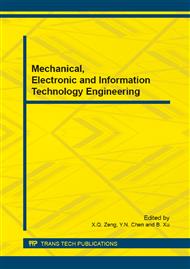p.239
p.244
p.248
p.252
p.257
p.263
p.270
p.277
p.281
Critical Clearing Time Associate with Relation of Power Load Factor and Frequency in Transient Stability
Abstract:
Critical clearing time is to determine the time point of the collapse of the power system when the power system occur transient stability by a huge of failure. So that the one is an important data on protection system in power system. Therefore as an electrical engineer must to look on mostly the point of one to analyze and design in the power. In this paper, through the protection relay and breaker analysis of operation to know the team of protection relay how to complete the automatic monitoring and isolated the fault-equipment in power system. To study and analyze the swing equation and equal area criterion, we found out the relation of critical clearing time is changed with power factor and frequency. The critical clearing time was verified a non-constant value which is changed with the power factor and; if the load power factor is high, the critical clearing time is high but the frequency is high, the critical clearing time is low with system swing in the transient stability. This paper will be verify below each paragraph.
Info:
Periodical:
Pages:
257-262
Citation:
Online since:
March 2015
Authors:
Price:
Сopyright:
© 2015 Trans Tech Publications Ltd. All Rights Reserved
Share:
Citation:


